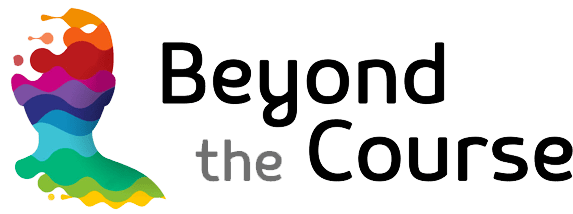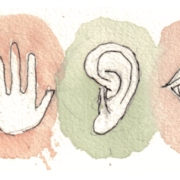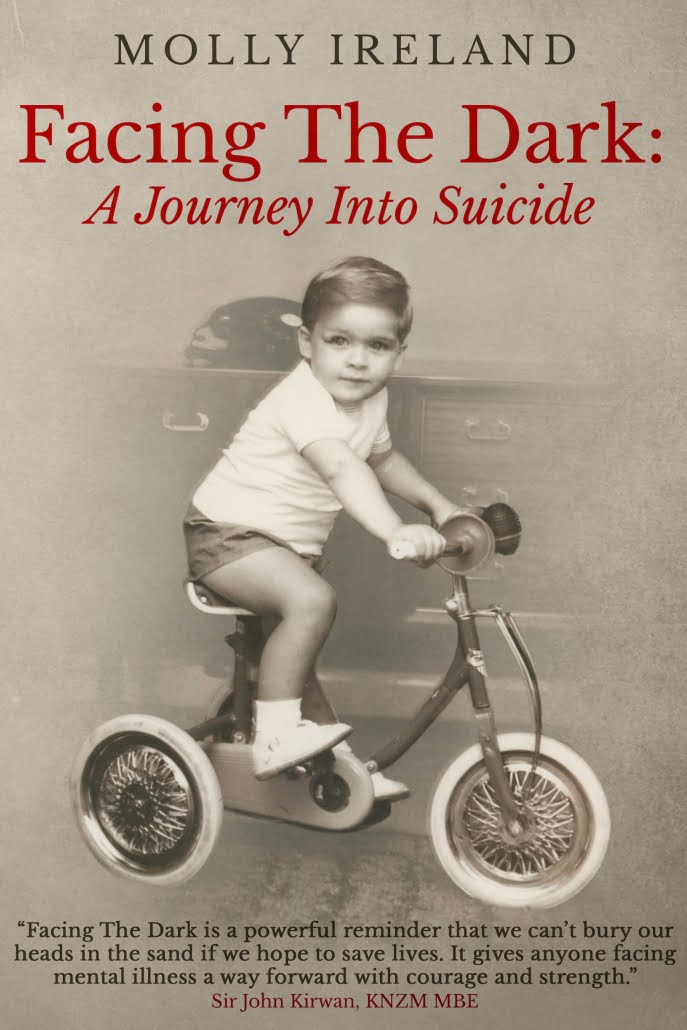Monkey See, Hear, Do, Smell and Taste
Making Sense of Our Five Senses
The five senses: Visual (sight), auditory (hearing), kinaesthetic (touch), gustatory (taste) and olfactory (smell) — are key to experiencing the world around us because they form the building blocks of how we make meaning in our lives. For this reason, they’re really about opportunity. Because, if we can understand how we make meaning of experiences, then we have the opportunity to change them … if we wish to.
“Imagination is more important than knowledge.”
When Einstein said this, he didn’t mean that knowledge was unimportant, he just knew that imagination was more so, and this is directly connected to the sensory information at work inside our brains.
In every moment we take in sensory input from the outside and decide what we should do with it. If we’re walking on the African savannah, for example, and we hear a faint growl nearby, we may decide that it means we’re about to be attacked by lions, and so we run. In this way, for as long as humans have walked the earth, we’ve been using our senses to keep us safe. But the senses give us more enticing feedback, too. If we see a brightly coloured berry in a bush, for instance, we may move in its direction because we decide it means that we’re about to find something yummy to eat.
The senses are the language of the brain.
But our senses aren’t just for taking in information from the outside, they also key to the internal workings of our imagination and memory because they form the language of the brain. They’re like doorways through which we can enter to change our internal processing (imagination) of an event’s original sensory data (memory), thereby changing its impact on us. These five access points give us simple and effective ways to change how we feel about something, regardless of whether it happened yesterday or 2o years ago.
To take advantage of sensory opportunities, we need to know how to use them.
We have to break the senses down into smaller components or — as they call them in NLP — submodalities. These are their subqualities, such as light and dark for sight, loud or soft for hearing, soft or rough for touch, sweet and salty for taste, and so on.
The senses are the building blocks of meaning.
If, for example, we have a childhood memory of a vicious dog attack, we can collect the qualities of that traumatic memory by turning inward to evaluate the particulars of how our brains stored it. Maybe the visual picture we’ve stored about that event involves brightly, multi-coloured re-enactments of the dog biting us. Maybe the image we see in our mind is that we’re reliving the bite by seeing with our own eyes the bright red blood running down our leg, and the frame of this image is directly in front of us, up close.
To change how we remember the event and, consequently how we feel about it, we can alter this data. We can turn the image into black and white, for example, push it farther away from us and making it really small. We can also alter the point-of-view so that it is off to one side. Now the way we “see” the event is completely different and it changes our feelings accordingly.
We can use this same process with anything:
- events we’d like to re-imagine;
- relationships we want to improve;
- disappointments we’d like to re-write;
- and the goals we want to achieve.
Steps to Shift Your Submodalities:
1). Collect the sensory information associated with the person, memory or experience
2). Change the submodalities to ones that better represent how you wish to feel about that person, memory or experience in the future.
3). Enjoy all the amazing changes!
4). Feel better.
For help shifting your submodalities, including a list of questions to ask yourself, get in touch.






